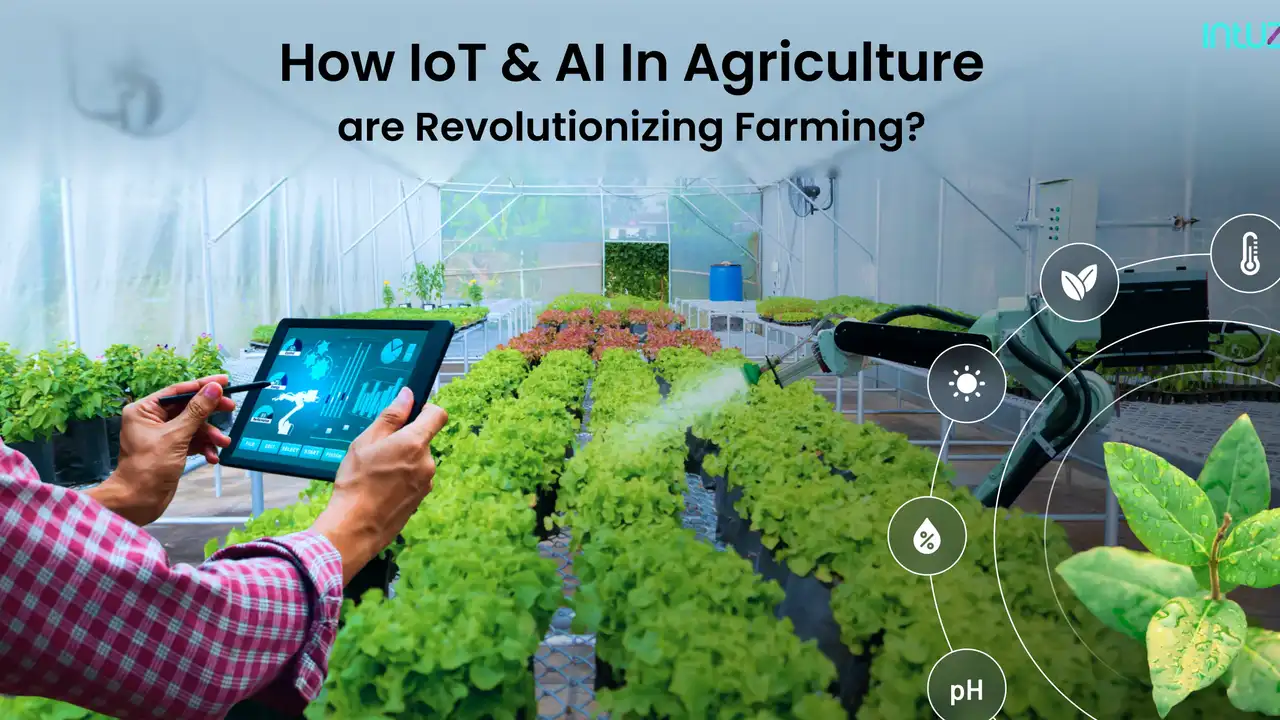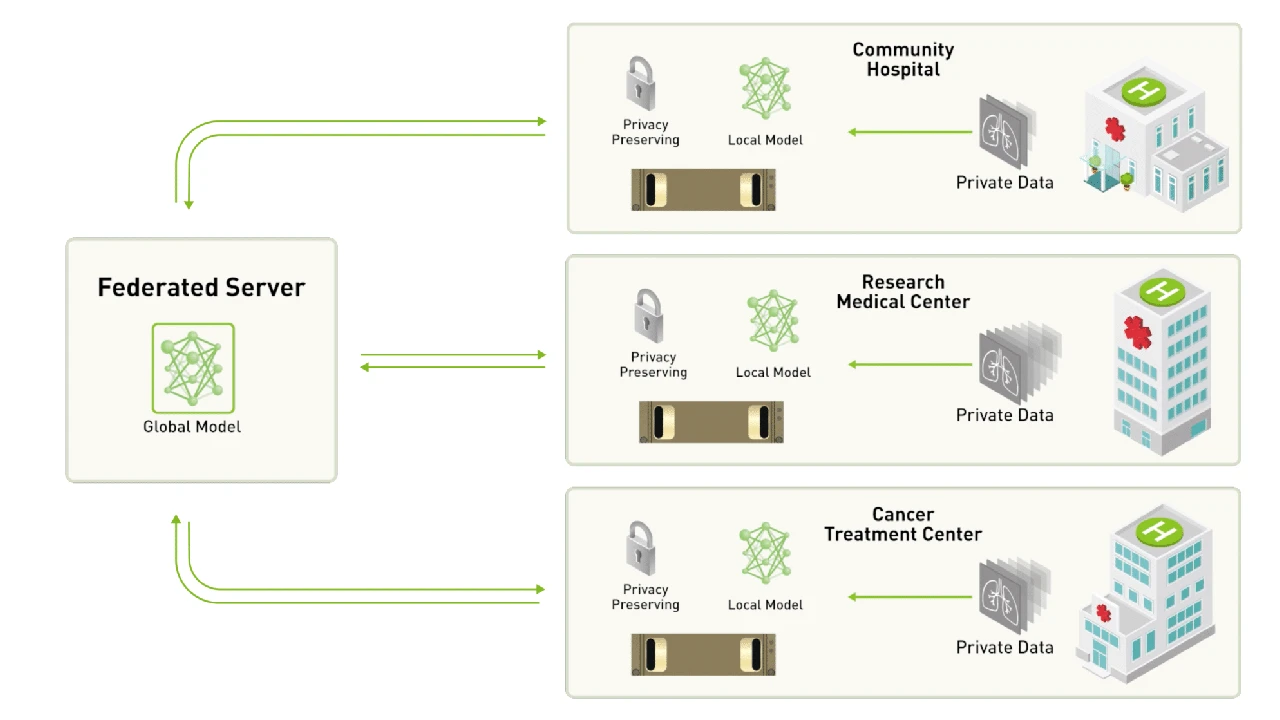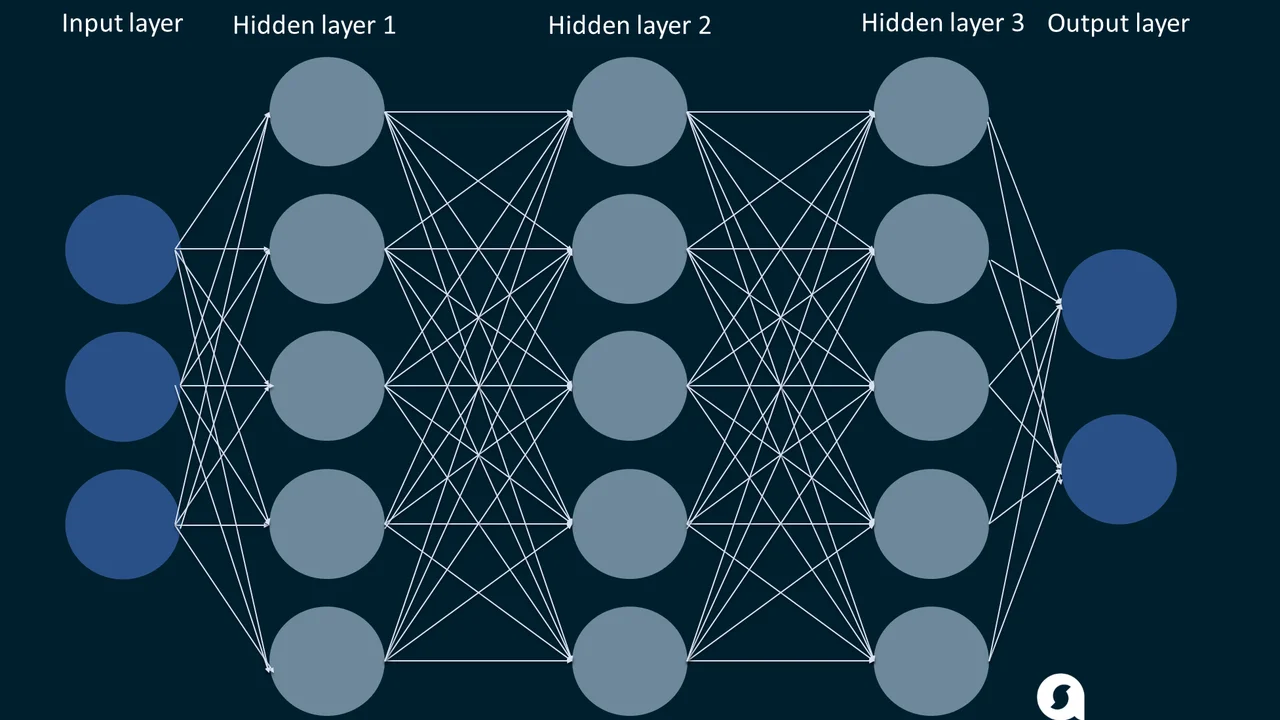The Evolution of AI Ethics: Navigating the Challenges
Discover the best AI blogs to follow, featuring top experts and thought leaders. Stay informed about the latest trends, insights, and breakthroughs in artificial intelligence.

Why Follow AI Blogs Key Insights And Trends
In the rapidly evolving world of artificial intelligence (AI), staying informed about the latest trends, breakthroughs, and ethical considerations is crucial. AI blogs offer a valuable resource for professionals, researchers, students, and anyone interested in understanding the transformative power of AI. These blogs provide in-depth analysis, expert opinions, practical tips, and real-world examples, helping you navigate the complexities of AI and harness its potential.
Following AI blogs can help you:
- Stay up-to-date: Keep abreast of the latest advancements in AI, including new algorithms, models, and applications.
- Gain expert insights: Learn from leading AI researchers, practitioners, and thought leaders.
- Understand ethical implications: Explore the ethical challenges and societal impact of AI.
- Discover practical applications: Find real-world examples of how AI is being used across various industries.
- Improve your skills: Enhance your knowledge of AI concepts, techniques, and tools.
Top AI Experts Blogs To Follow for Deep Learning And Machine Learning
Here are some of the top AI blogs to follow, categorized by their focus and expertise:
Distill Publication Visual Explanations And Interactive AI Research
Focus: Visual explanations of machine learning concepts, interactive articles, and cutting-edge AI research.
Why follow: Distill stands out for its commitment to making complex AI concepts accessible through stunning visuals and interactive simulations. Their articles are meticulously researched and beautifully presented, providing a deep understanding of the underlying principles of machine learning.
Example article: "Attention and Augmented Recurrent Neural Networks" - A visual exploration of attention mechanisms in recurrent neural networks.
OpenAI Blog AI Research And Safety
Focus: OpenAI's research, including breakthroughs in reinforcement learning, natural language processing, and robotics, as well as their work on AI safety and governance.
Why follow: OpenAI is at the forefront of AI research, and their blog offers a window into their cutting-edge work. You'll find articles on their latest models, algorithms, and experiments, as well as their perspectives on the ethical and societal implications of AI.
Example article: "DALL·E 2" - An introduction to OpenAI's AI system that can create realistic images and art from natural language descriptions.
Google AI Blog Google's AI Research And Applications
Focus: Google's AI research, including breakthroughs in computer vision, natural language processing, and speech recognition, as well as their applications of AI across various Google products.
Why follow: Google is a major player in AI, and their blog provides insights into their research and development efforts. You'll find articles on their latest AI technologies, as well as their perspectives on the future of AI.
Example article: "LaMDA: Our breakthrough conversation technology" - An introduction to Google's language model for dialogue applications.
DeepMind Blog AI Research And Innovation
Focus: DeepMind's AI research, including breakthroughs in reinforcement learning, game playing, and healthcare, as well as their work on AI ethics and safety.
Why follow: DeepMind is known for its groundbreaking AI research, including AlphaGo, which defeated the world's best Go players. Their blog offers insights into their research process and their perspectives on the future of AI.
Example article: "AlphaFold: The protein structure prediction breakthrough" - An explanation of DeepMind's AI system that can accurately predict the 3D structure of proteins.
Lex Fridman Podcast Conversations With AI Experts
Focus: Long-form conversations with leading AI researchers, entrepreneurs, and thinkers.
Why follow: While technically a podcast and not a blog, Lex Fridman's interviews provide incredibly deep dives into various aspects of AI. He engages in thoughtful and often philosophical discussions with his guests, offering unique perspectives on the field.
Example episode: "Elon Musk: Artificial Intelligence, Mars, and the Future"
Towards Data Science Medium Platform For Data Science And AI
Focus: A wide range of topics related to data science and AI, including tutorials, case studies, and opinion pieces.
Why follow: Towards Data Science is a popular platform for data scientists and AI enthusiasts. You'll find articles on a variety of topics, from beginner-friendly tutorials to advanced research papers. It's a great place to learn about new techniques and tools, and to connect with other data scientists.
Example article: "A Beginner's Guide to Neural Networks"
Machine Learning Mastery Practical Tutorials And Code Examples
Focus: Practical tutorials and code examples for machine learning.
Why follow: If you're looking for hands-on guidance on how to implement machine learning algorithms, Machine Learning Mastery is an excellent resource. The blog offers clear and concise tutorials, along with code examples in Python.
Example article: "How to Develop a Convolutional Neural Network From Scratch for MNIST Handwritten Digit Classification"
The Batch Andrew Ng's Newsletter On AI
Focus: Andrew Ng's insights on AI trends, business applications, and education.
Why follow: Andrew Ng is a renowned AI expert and co-founder of Coursera. His newsletter, The Batch, offers a concise and informative overview of the latest developments in AI, along with his perspectives on the field.
Example issue: A summary of the latest advances in generative AI.
MIT News AI Research At MIT
Focus: AI research happening at the Massachusetts Institute of Technology (MIT).
Why follow: MIT is a leading research institution in AI. Their news site provides updates on their latest research projects, including breakthroughs in robotics, computer vision, and natural language processing.
Example article: "AI system can predict a person’s future from a single image"
Synced China AI News And Analysis
Focus: AI news, research, and industry developments in China.
Why follow: China is a major player in the global AI landscape. Synced provides insights into the Chinese AI ecosystem, including the latest research from Chinese universities and companies, as well as the government's AI policies.
Example article: "China's AI talent shortage and the government's push to fill the gap"
Practical AI Tools And Platforms Mentioned On AI Blogs
Many AI blogs mention and discuss various AI tools and platforms. Here are a few examples with their use cases, comparisons, and approximate costs:
TensorFlow Google's Open Source Machine Learning Framework
Use Case: Developing and deploying machine learning models for a wide range of applications, including image recognition, natural language processing, and time series analysis.
Comparison: TensorFlow is a powerful and flexible framework that is well-suited for research and production. It has a large and active community, as well as extensive documentation and tutorials. PyTorch is another popular open-source machine learning framework that is known for its ease of use and dynamic computation graph.
Cost: Free and open source.
PyTorch Facebook's Open Source Machine Learning Framework
Use Case: Similar to TensorFlow, PyTorch is used for developing and deploying machine learning models. It is particularly popular for research due to its dynamic computation graph and ease of debugging.
Comparison: PyTorch is often considered more beginner-friendly than TensorFlow, especially for researchers. TensorFlow has a more mature ecosystem and is often preferred for production deployments.
Cost: Free and open source.
Keras High-Level API For Neural Networks
Use Case: Building and training neural networks with a simple and intuitive API. Keras can run on top of TensorFlow, Theano, or CNTK.
Comparison: Keras simplifies the process of building neural networks, making it easier for beginners to get started. TensorFlow and PyTorch offer more flexibility and control for advanced users.
Cost: Free and open source. Now integrated directly into TensorFlow as `tf.keras`.
Scikit-learn Machine Learning Library For Python
Use Case: Implementing a wide range of machine learning algorithms, including classification, regression, clustering, and dimensionality reduction.
Comparison: Scikit-learn is a comprehensive machine learning library that is easy to use and well-documented. It is a good choice for traditional machine learning tasks, but it is not as well-suited for deep learning as TensorFlow or PyTorch.
Cost: Free and open source.
AWS SageMaker Amazon's Managed Machine Learning Service
Use Case: Building, training, and deploying machine learning models in the cloud. SageMaker provides a managed environment with pre-built algorithms, infrastructure, and tools.
Comparison: AWS SageMaker simplifies the process of building and deploying machine learning models in the cloud. It is a good choice for businesses that want to leverage the power of cloud computing for AI. Google Cloud AI Platform and Azure Machine Learning are similar managed services from Google and Microsoft, respectively.
Cost: Pay-as-you-go pricing based on usage of compute, storage, and other resources. Can range from a few dollars per month for small projects to thousands for large-scale deployments.
Google Cloud AI Platform Google's Managed Machine Learning Service
Use Case: Similar to AWS SageMaker, it provides a managed environment for building, training, and deploying machine learning models on Google Cloud.
Comparison: Offers tight integration with other Google Cloud services and infrastructure. Key differentiators include strong support for TensorFlow and TPUs.
Cost: Pay-as-you-go pricing.
Azure Machine Learning Microsoft's Managed Machine Learning Service
Use Case: Another managed service for building, training, and deploying machine learning models on Azure.
Comparison: Integrates well with other Microsoft products and services. Offers a drag-and-drop designer interface for building machine learning pipelines without code.
Cost: Pay-as-you-go pricing.
Hugging Face Transformers Library For Natural Language Processing
Use Case: Working with pre-trained transformer models for natural language processing tasks such as text classification, translation, and question answering.
Comparison: Hugging Face Transformers provides a simple and efficient way to use powerful pre-trained models. It supports a wide range of models, including BERT, GPT-2, and RoBERTa.
Cost: Free and open source.
GPT-3 OpenAI's Powerful Language Model
Use Case: Generating realistic text for a variety of applications, including chatbots, content creation, and code generation.
Comparison: GPT-3 is one of the most powerful language models available, but it requires access through OpenAI's API. Other language models, such as BERT and RoBERTa, are open source and can be fine-tuned for specific tasks.
Cost: Pay-per-token pricing based on usage of the API.
Staying Ahead The Importance Of Continuous Learning In AI
The field of AI is constantly evolving, so it's important to stay up-to-date on the latest trends and developments. Following AI blogs is a great way to do this, but it's also important to:
- Attend conferences and workshops: These events offer opportunities to learn from experts, network with other professionals, and see the latest AI technologies in action.
- Take online courses: Numerous online courses are available on AI topics, ranging from beginner-friendly introductions to advanced research topics. Platforms like Coursera, edX, and Udacity offer a wide variety of AI courses.
- Read research papers: Reading research papers can help you stay at the forefront of AI research. Sites like arXiv.org are excellent resources.
- Experiment with AI tools and platforms: The best way to learn about AI is to get your hands dirty and start experimenting with AI tools and platforms.
By following these tips, you can stay ahead of the curve and become a knowledgeable and skilled AI practitioner.
:max_bytes(150000):strip_icc()/277019-baked-pork-chops-with-cream-of-mushroom-soup-DDMFS-beauty-4x3-BG-7505-5762b731cf30447d9cbbbbbf387beafa.jpg)






